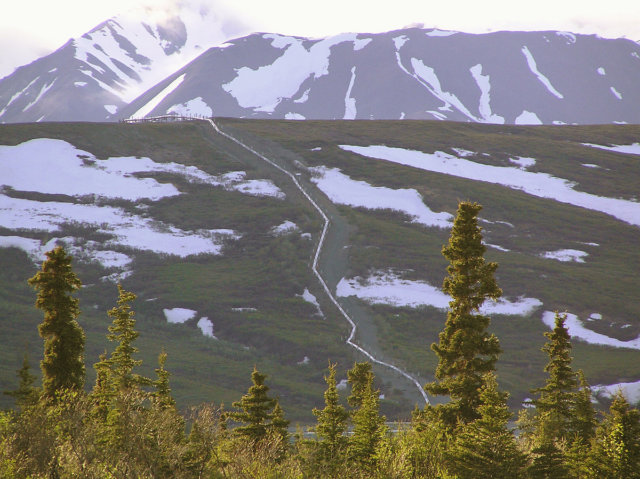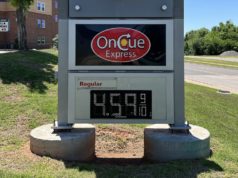
If you missed two pieces by the Tulsa Frontier on hazardous spills related to oil and gas production, check them out here and here.
Both authored by data-savy reporter Cliff Adcock, the first examines oil and production wastewater spills across Oklahoma from 2014 to 2016. The second looks at the number of pipeline spills that have occurred in Oklahoma since 2010.
Each is worth a read, and at least one should be spurring some potentially fruitful policy conversation between two often-competing groups: the oil industry and environmental advocates.
Good news: Oil spills relatively small
Despite 1.2 million gallons of spilled oil sounding like a huge number, the total number of gallons of oil produced in Oklahoma from 2014 to 2016 was 19.2 billion.
That means less than 1 percent of 1 percent of oil produced in Oklahoma was spilled over that three-year period. But with 42 gallons in a barrel of oil, it also means an average of about 9,500 barrels were spilled each year therein.
Analyzing those numbers can either imply very little is being spilled, or it can show how even a tiny spillage rate can still yield environmental challenges.
Bad news: Old pipelines pose risk
Since 2010, the federal data analyzed by The Frontier indicate 25,220 barrels of crude oil and more than 19,000 barrels of “other hazardous liquids” have been spilled in Oklahoma. That puts Oklahoma a distant second behind Texas for the number of pipeline spills this decade.
From The Frontier:
The largest pipeline crude oil spill this year occurred on April 21 near Loyal in Kingfisher County.
Though early estimates placed the spill at around 18,900 gallons of crude oil, later estimates put the amount closer to 35,000 gallons, or 827 barrels, according to reports obtained through PHMSA. About 600 barrels were recovered in the cleanup effort.
According to reports to PHMSA by the company that owned the pipeline, Houston-based Plains Pipeline, L.P., an 8-inch transfer line pipe buried about 4 feet underground developed a pinhole leak, causing the oil to leak out into farmland. Rain then carried the oil into a nearby creek.
The carbon steel pipe, which was manufactured and installed in 1960, is believed to have developed the leak because of internal corrosion, though the cause is still under investigation, according to Plains Pipeline’s report to the PHMSA.
In total, damage and costs associated with the spill are estimated to be around $875,000, according to the PHMSA.
While Oklahoma Oil & Gas Association president Chad Warmington points out that pipelines have proven to be far safer than truck or train petroleum transportation, local Sierra Club representative Barbara VanHanken makes a good observation about the potential problems posed by existing pipelines.
“There’s a push to construct more pipelines, but that doesn’t take care of the pipelines that were constructed 50 to 60 years ago that are breaking apart,” VanHanken said to The Frontier.
To that end, federal policy makers, industry leaders and environmentalists should consider some sort of grand effort aimed at rehabilitating or replacing aging oil and gas pipelines. While some evidence indicates mild progress, the nation’s political narrative on this topic fits too easily into Us vs. Them gridlock.
Some of the pipeline spills in Oklahoma have involved pipe that dates back to the 1940s.
Surely all parties involved realize that 70-year-old pipes need to be replaced. So in addition to discussing the creation of new pipelines, American stakeholders need to be paying attention to the old.
The Frontier’s accumulation of data on these matters can be a good place to start the conversation.





















